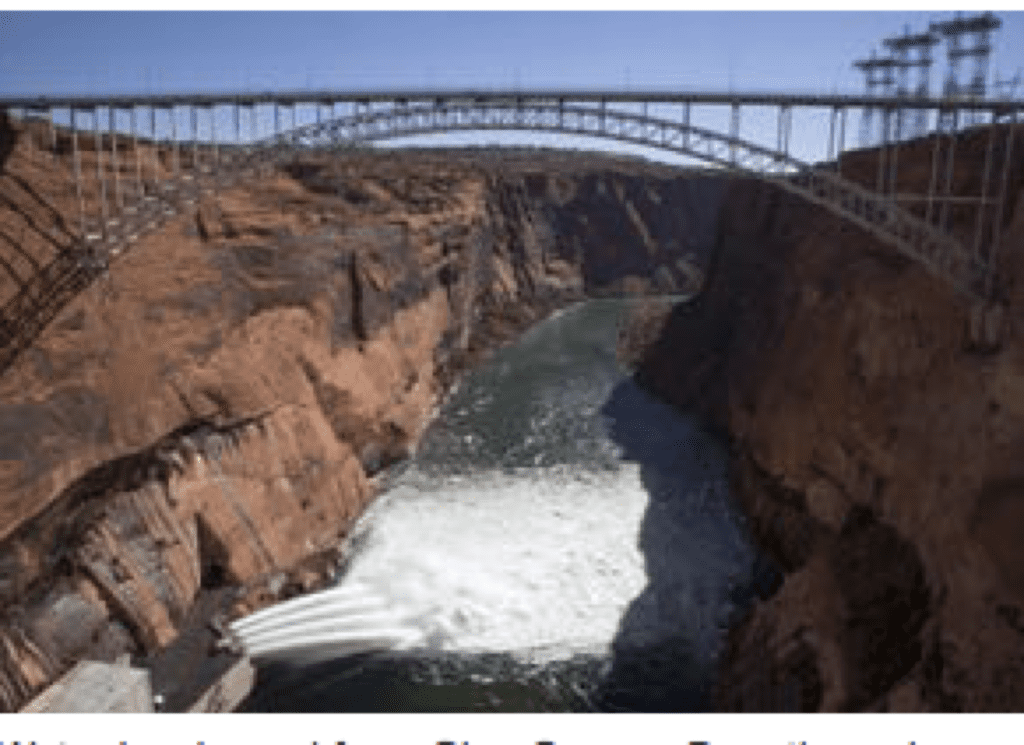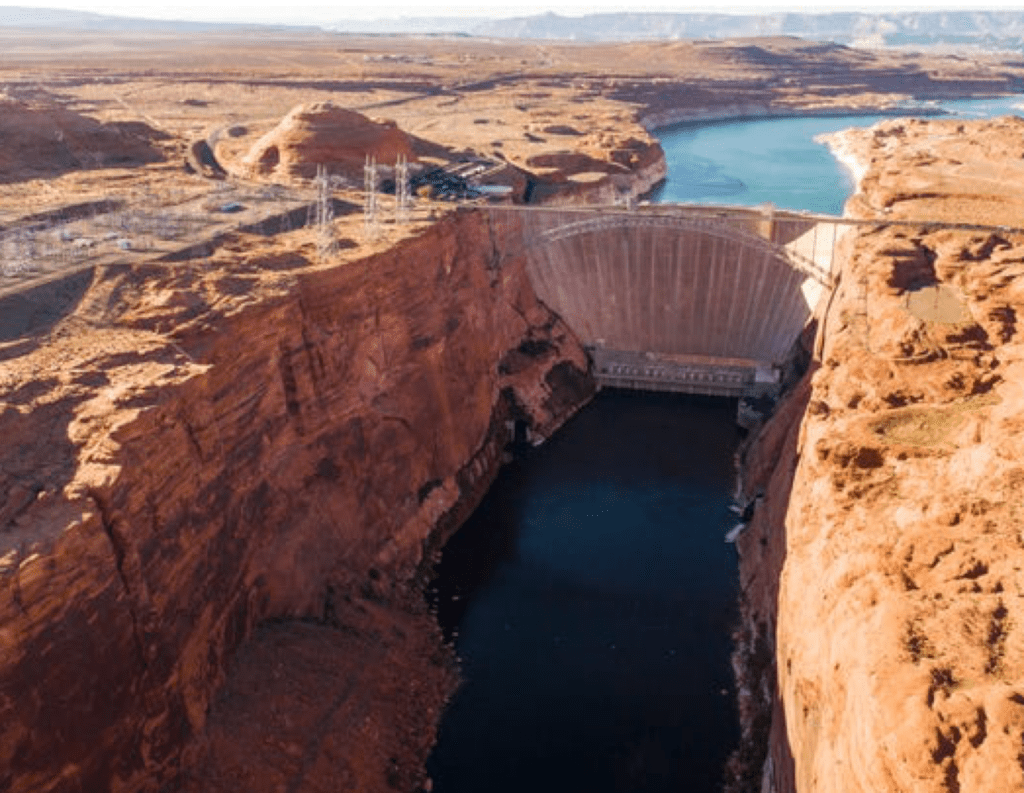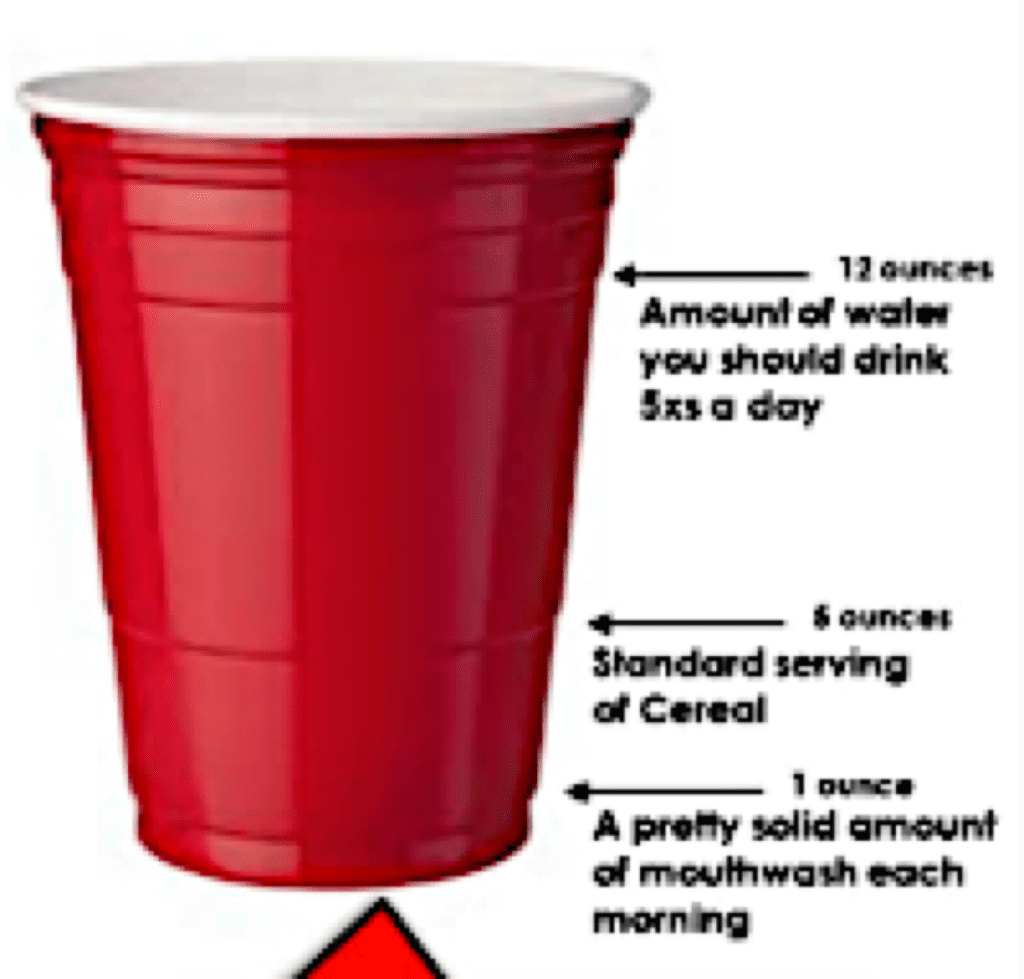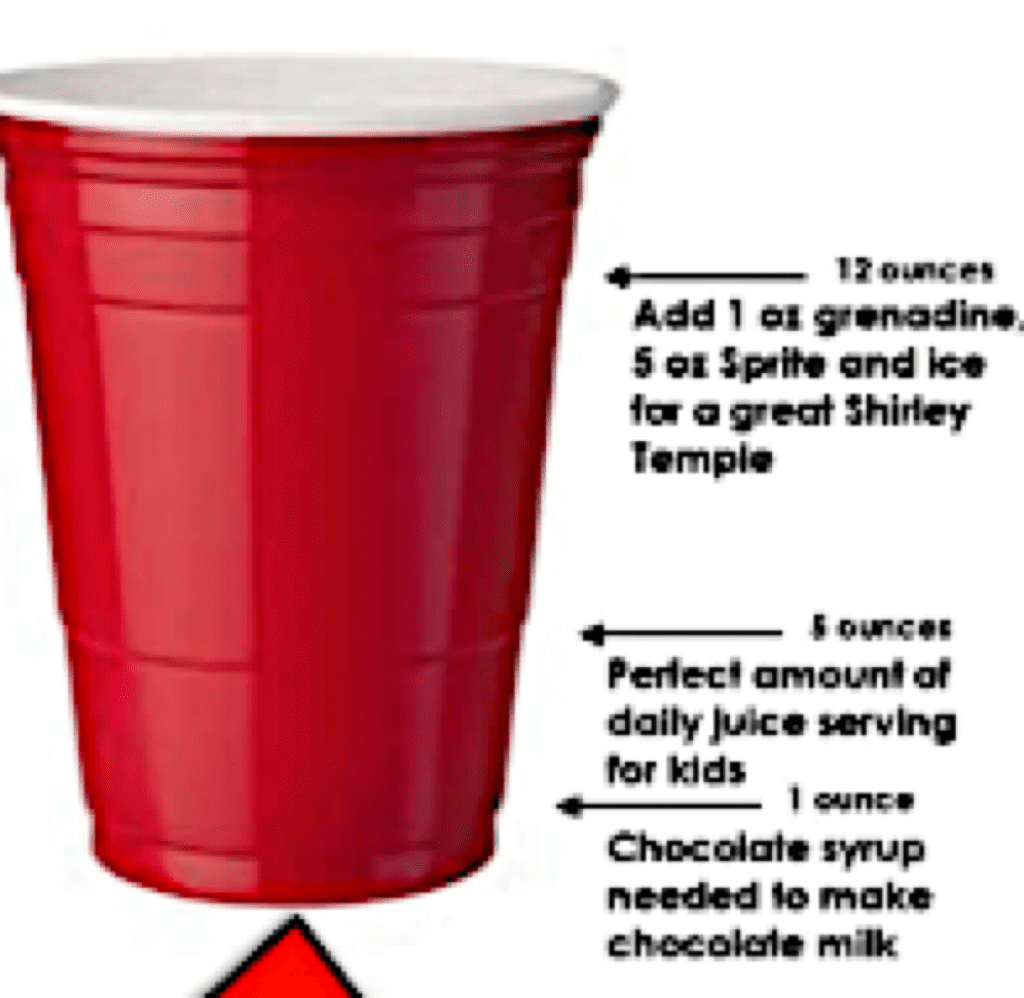Daniel Salzler No. 1062
EnviroInsight.org 4 Items August 7, 2020
Feel Free To Pass This Along To Others
If your watershed is doing something you would like others to know about, or you know of something others can benefit from, let me know and I will place it in this Information newsletter.
If you want to be removed from the distribution list, please let me know. Please note that all meetings listed are open.
Enhance your viewing by downloading the pdf file to view photos, etc. The attached is all about improving life in the watershed.
This is already posted at the NEW EnviroInsight.org
1 Glen Canyon Dam May Release More Water To Cope With COVID Electricity Needs Erin Stone Arizona Republic. August 1st
Summer energy demands driven higher as the COVID-19 pandemic keeps more people at home could lead to more water flowing from Glen Canyon Dam into the Colorado River.
That could mean rapidly changing conditions for rafters, anglers, hikers or others on the river in Glen Canyon or the Grand Canyon, officials said.

The higher flows would be released if the Western Area Power Administration initiates an emergency electrical situation, said Marlon Duke, a spokesperson for the Bureau of Reclamation, the federal agency that oversees Glen Canyon Dam and the electricity it generates.
Flows into the Colorado River fluctuate every year, particularly in the summer, as maintenance issues at other plants result in higher demands at Glen Canyon. That’s a normal process and usually is barely noticeable to people recreating on or along the river.
“This year we have the added operational impacts from COVID-19, so states might have to call on us to generate emergency power,” said Duke. “We are not currently operating in that condition, but we wanted to let people know it’s a possibility. If they’re going to get on the river, they need to be aware and take some precautions.”
In the popular stretch of river between Glen Canyon Dam and Lake Mead, emergency water releases could lead to sudden increases in river flow. Campers should make sure to leave plenty of room for the river to rise and widen, and anglers and boaters should tie their boats at night and be aware that flow could quickly change while they’re on the water.

Photo of Glen Canyon Dam, by Michael Chow, Emmanual Lozano
“If you’re rafting or doing something in the Grand Canyon, what you’d notice is probably going to be minimal unless we really have to spike,” Duke said. “We’re probably talking a handful of inches in vertical flow downriver. So if you’re camped on a shallow sandbar, that’s noticeable. Otherwise, it’s probably not going to make a huge difference in the actual flow of the river.”
Fluctuations will be most noticeable on weekends because current weekend flows are low and steady to support the ongoing Bug Flow experiment downstream of Glen Canyon Dam.
Scientists are studying how changes in the river’s flow affect native insects trying to reproduce. The insect population has dwindled in some areas because of fluctuations in water levels.
Unnatural wonder: A journey into the heart of a river forever changed by human hands.
If an emergency situation materializes, Glen Canyon would not be the first power source the Western Area Power Administration would tap, though it’s on the list of possible power sources.
“What we’re more concerned about is, if we get this call we may ramp up a lot faster than we normally would,” Duke said. Under normal summertime conditions, the water flow increases at a rate of about 4,000 cubic feet per second per hour in response to electricity needs across the West.
The last time an emergency situation was invoked was in 2001, when California residents experienced major blackouts, cutting off electricity to more than one million people. At that time, emergency hydropower water flow was ramped up by 7,000 cubic feet per second.
“If there’s another emergency situation, I don’t think we would go higher than 7,000 and it might not even reach that,” said Duke. “We’ve just been warned that there’s a slightly higher likelihood this year that an emergency situation could happen.”
So far this year, water releases have been slightly below average. Over the course of a day, flow rates might start as low as 8,000 cubic feet per second, then go up and down with demands from the electrical grid. If normal conditions continue, the Bureau of Reclamation could raise flow to as much as 18,000 cubic feet per second if necessary.
If emergency conditions kick in, “we could potentially go to full power plant capacity, which right now is 20,000 cubic feet per second,” Duke said. “So 18,000 max versus 20,000 max, it’s really not that much of a difference. Every day of every year we are fluctuating the releases to meet our electrical needs.”
The overall amount of water released through the dam won’t increase if power demands climb. The bureau releases an amount of water set by agreements among the seven states that rely on the river. That means if releases are higher in the summer, the bureau will adjust operations so that, by year’s end, it does not exceed the agreed amount.Those websites will have the latest water flow updates. Further updated information and current status of water releases are maintained on the bureau’s website

2. Sunscreen Chemicals Accumulate in Body at High Levels: Source: Wall Street Journal, July 18, 2020.
For the second time in less than a year, a study of common sunscreen ingredients has established that the chemicals are absorbed into the bloodstream at concentrations far greater than the Food and Drug Administration’s safety threshold.
The maximum concentration of the six chemicals examined most recently by the FDA ranged from 3.3 nanograms per milliliter to 258.1, depending on the chemical and whether it was applied to the skin in the form of a lotion or spray. Absorbing Information Maximum concentration in the bloodstream of six common sunscreen ingredients after four days of use. Average across several products (Nanograms per millimeter)

A proposed FDA rule, which was expected to be finalized last November, would have required the industry to complete additional testing of up to a dozen chemicals to make sure sunscreens using them are safe.
But the proposal was shelved in March when President Trump signed the Coronavirus Aid, Relief and Economic Security Act into law.
The Cares Act overhauled how over-the-counter drugs, including sunscreens, are regulated, and it retained the 1999 sunscreen rule, which says the active ingredients currently on the market are safe and effective.The FDA’s 2019 proposed rule recognized the minerals zinc oxide and titanium dioxide as safe and effective. It withheld that designation from PABA and trolamine salicylate, two chemicals that are now rarely, if ever, used in sunscreens. And it said there was too little information to determine whether 12 other chemicals are safe, including the six tested most recently by the FDA.
3. Red Solo Cup. More Than Just A Beverage Continer, A Teaching Tool.


4. CAGRD Commitment To Conservation Saves Groundwater and Money. The very nature of desert dwelling makes saving water a must – and that includes groundwater. The Central Arizona Groundwater Replenishment District (CAGRD) helps protect our state’s precious water resources, replenishing the water CAGRD members pump with a renewable water supply and recharging our aquifers to ensure sound water management.
CAGRD supports and encourages water conservation. After all, less groundwater use by our members means less replenishment obligations for us. A corresponding reduction in the volume of water necessary for CAGRD to acquire means lower costs for CAGRD members.
Yet, CAGRD isn’t a water provider – we don’t deliver water to customers ourselves, and most of our membership doesn’t interact directly with us. So, we need to approach conservation differently. Right now, we’re in the process of reaching out to the water utilities which serve our members to look for partnership opportunities. We don’t want to duplicate their efforts but hope to work together to find new and innovative ways to help our members save water and money.
In the meantime, CAGRD has renewed its commitment to conservation in a couple ways.

In 2019, CAGRD commissioned a study to identify water use trends and opportunities for conservation strategies, as well as to provide broad recommendations to advance our conservation program. The report, “CAGRD Membership Water Demand Analysis for Water Conservation Planning,” was presented at a public CAWCD board meeting – the April 16, 2020 CAGRD and Underground Storage Committee meeting. Key takeaways included:
- the ideal time to influence home owner decisions regarding the largest water-consuming activities (landscaping and pool installation) is within three years of purchase;
- a conservation program should focus on single-family residences and homeowner associations (HOAs); and,
- CAGRD can maximize its conservation program by partnering with its water providers, home builders and management companies of HOAs.
Some of these recommendations will be accomplished through CAGRD’s sponsorship of the the Water Use It Wisely campaign, which reminds consumers to think about the water they’re using in their everyday life. This commitment will reinforce the important message of water conservation to those within CAGRD’s member service areas and member lands.
Read more at https://knowyourwaternews.com/cagrd-commitment-to-conservation-saves-groundwater-and-money/
Copyright EnviroInsight.org 2020
